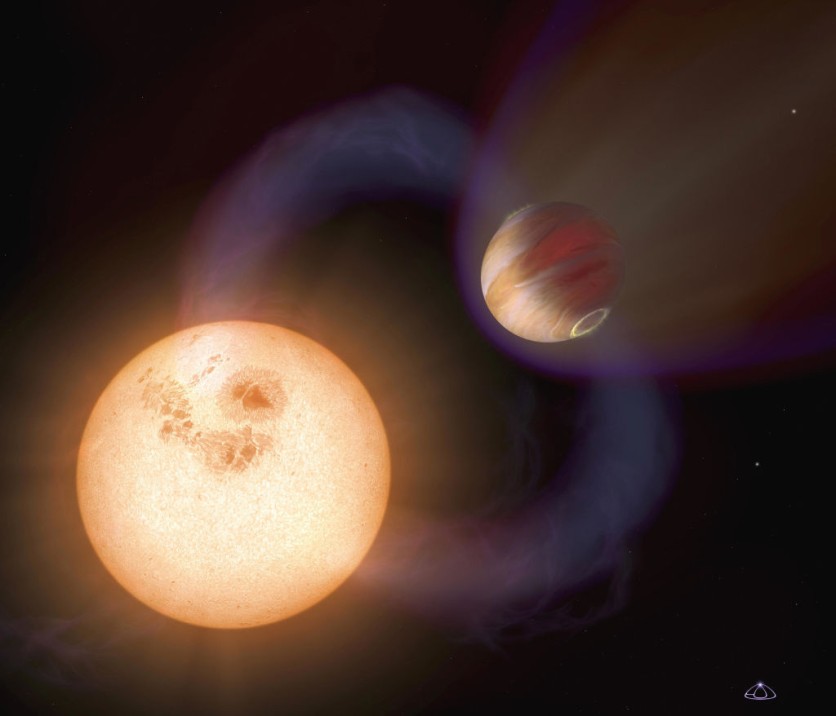The search for exoplanets continues to fascinate astronomers, as it holds the promise of discovering other worlds that may harbor life.
Using NASA's Transiting Exoplanet Survey Satellite (TESS), a team of astronomers from the Harvard-Smithsonian Center for Astrophysics (CfA) has made another exciting discovery.
They have detected a new exoplanet, designated LHS 475 b, which is about the size of Venus and orbits a nearby M-dwarf star.

Transit Signal in a Light Curve
TESS, short for Transiting Exoplanet Survey Satellite, was launched with the primary goal of surveying around 200,000 of the brightest stars in the vicinity of the sun to hunt for transiting exoplanets.
As of now, it has found almost 6,400 exoplanet candidates, which are referred to as TESS Objects of Interest or TOIs, out of which 3,031 have been validated and confirmed as planets.
The team identified a transit signal in the light curve of LHS 475, which is classified as a main-sequence red dwarf and belongs to the M3 spectral class.
To confirm the planetary nature of the signal, the team conducted ground-based photometry using the MEarth-South telescope array at the Cerro Tololo Inter-American Observatory in Chile.
The newfound exoplanet, LHS 475 b, has a size equivalent to that of Venus and is situated at a distance of approximately 0.02 astronomical units from its host star, completing an orbit every 48.7 hours.
With a radius of about 0.955 Earth radii, the planet's estimated equilibrium temperature is 587 Kelvin, indicating that it is probably not habitable.
Read Also : NASA Hubble, TESS Discover Water Vapor on 'Super Neptune,' an Exoplanet 150 Light Years Away
Similar to Earth
While the researchers were able to determine LHS 475 b's radius, the planet's mass remains unknown. The current radial velocity data of its host star, LHS 475, is insufficient to make this determination.
Nonetheless, given the size of the exoplanet, it is expected to be terrestrial in nature and may have a composition similar to Earth's.
Located about 40.7 light-years away from Earth, the star LHS 475 b has a mass of approximately 0.274 solar masses, a radius of 0.286 solar radii, and an effective temperature of 3,295 Kelvin. Its luminosity is estimated to be around 0.0087 solar luminosities.
The discovery of LHS 475 b is significant because it adds to the growing list of exoplanets discovered by TESS.
The mission is making significant contributions to the field of exoplanetary science, helping scientists to better understand the frequency and diversity of planets in the galaxy, as well as the processes that drive planet formation and evolution.
TESS's wide field of view, which covers about 85% of the sky, makes it an incredibly powerful tool for studying the universe. With each discovery, we learn more about the intricate workings of our cosmos.
The discovery of LHS 475 b is another step forward in our quest to understand the universe and our place in it.
The new exoplanet was further detailed on the arXiv pre-print repository.
Related Article : NASA's TESS Mission Finds a 'Super-Earth' Orbiting Around One of the Oldest Stars, the Milky Way Galaxy

ⓒ 2025 TECHTIMES.com All rights reserved. Do not reproduce without permission.




